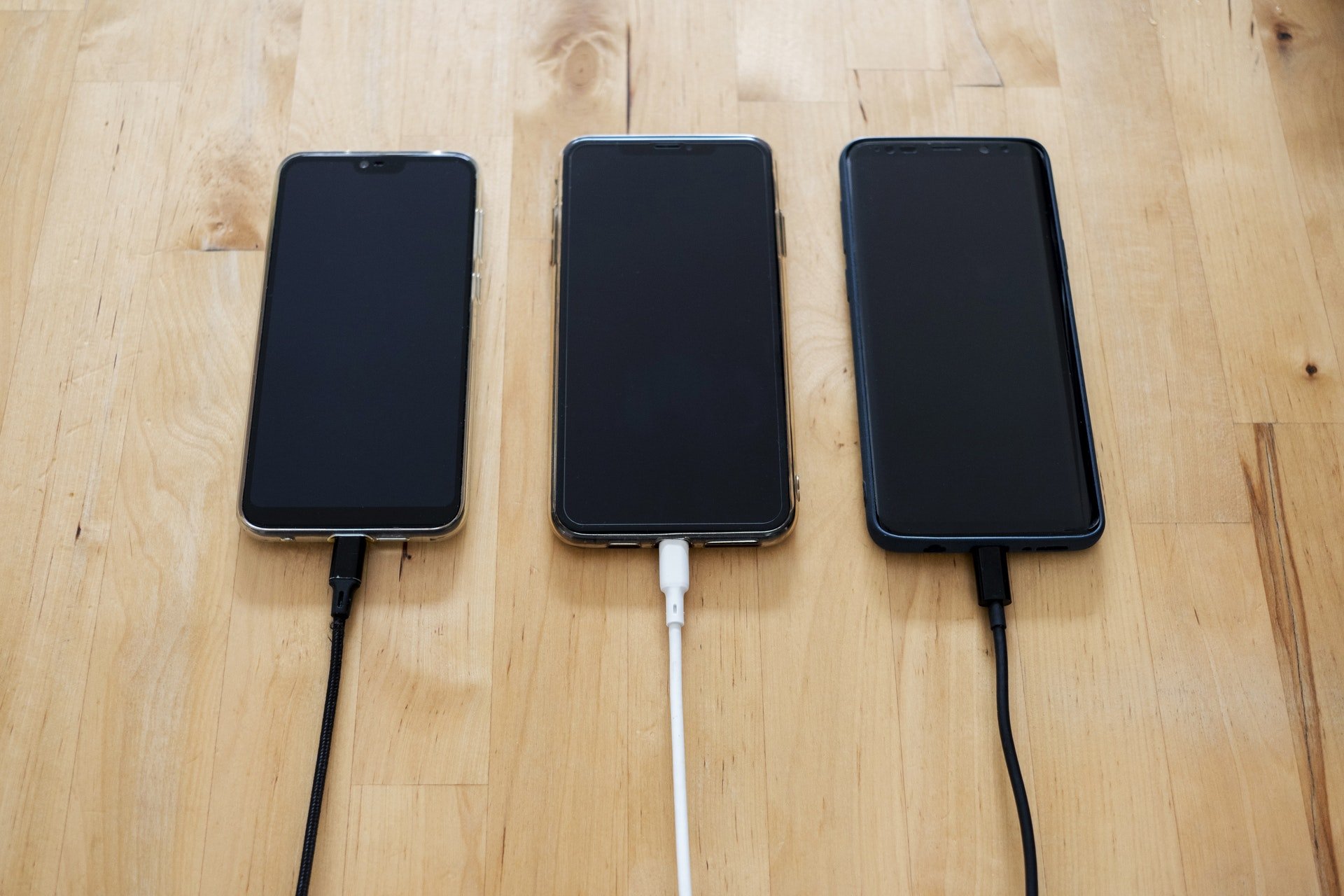
Initial conversations around the UL 8400 standard were had late last year we in 2019. We can now share first edition details since the foundation and test requirements are now being confirmed.
The first draft has been released and a round of comments are in review. The standard will mostly defer to the existing UL 62368-1 (A/V and ITE) for normal fire and electrical safety concerns. But of course, the new UL 8400 standard will have additional requirements that are specific concerns of the AR/VR/MR products and use. These will include items such as motion sickness, eyestrain allergic reaction, IR radiation concerns, biomedical stress, and RF/EMF concerns.
Battery-powered devices that contain batteries in direct contact with the user or in very close proximity will be tested. Battery requirements will likely include those from UL 62368-1 Annex M and require compliance of the cell to UL 1642 (UL 62133-2), the core battery pack to UL 2054 or UL 62133-2, plus additional in-device tests from Annex M of UL 62368-1.
The limited battery specific items in UL 8400 are mostly related to collision concerns. They consist of an accidental head collision simulation of the fully charged battery in the Head Mounted Display. The collision is simulated using a dummy head form that is dropped from 1800mm for a total of three drops.
The purpose of the test is to look for any capacity loss greater than 5% versus an untested cell. Testing will include three cycles and storage over a 24-hour period following the drop.






